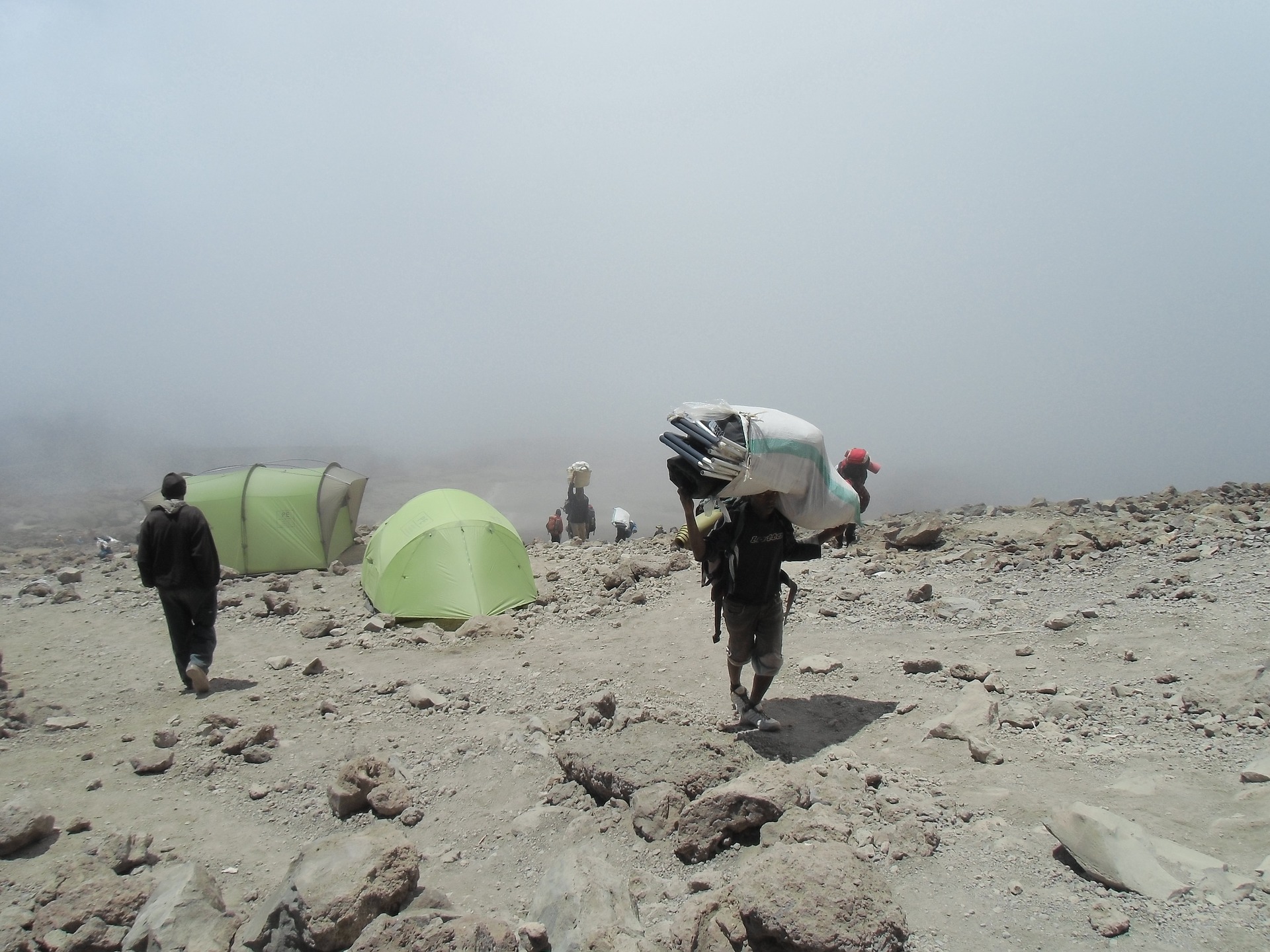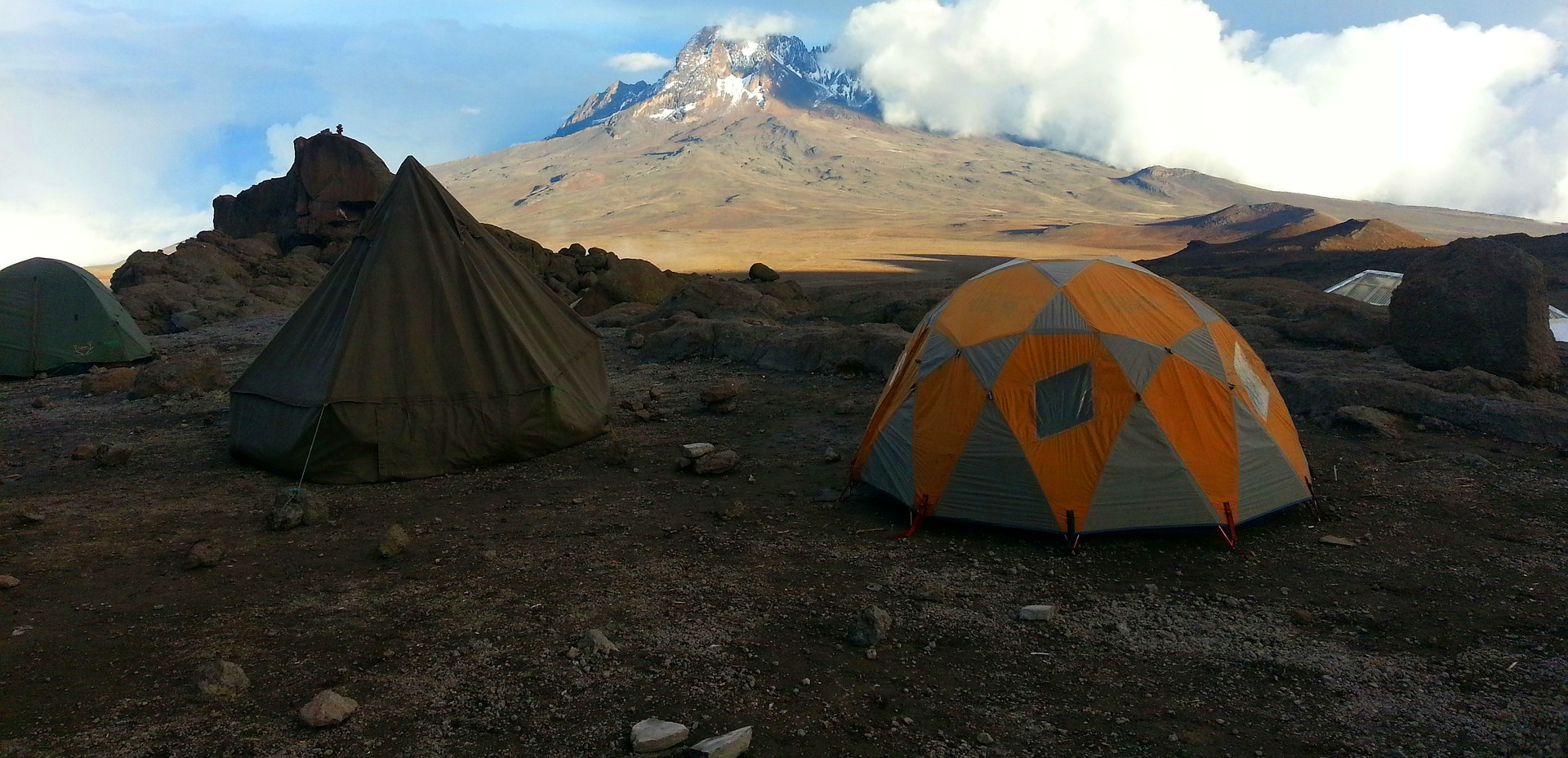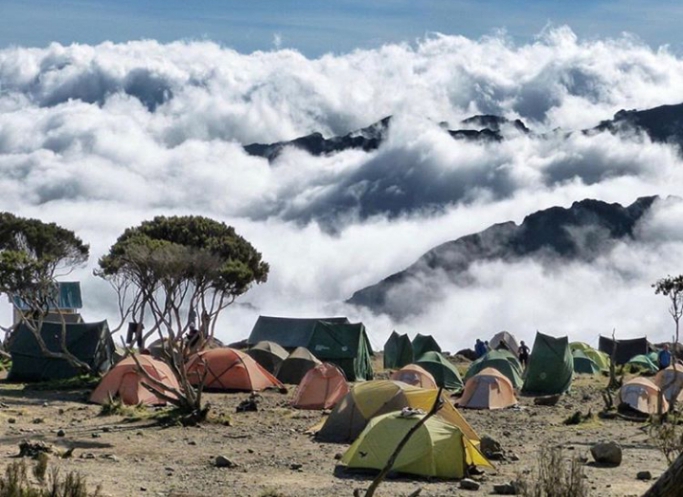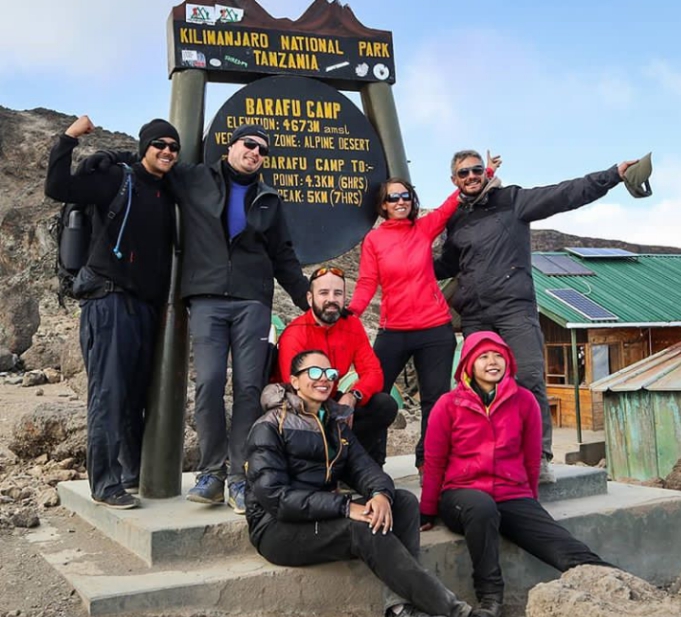Snapshot

At 5,895 m, Kilimanjaro is the highest point in Africa. This volcanic massif stands in
splendid isolation above the surrounding plains, with its snowy peak looming over the savannah.
The mountain is encircled by mountain forest. Numerous mammals, many of them endangered species,
live in the park.
Above the gently rolling hills and plateaux of northern Tanzania rises the snowy peak of Mt.
Kilimanjaro, it’s slopes and glaciers shimmering above the rising clouds. Kilimanjaro is located near
the town of Moshi and is a protected area, carefully regulated for climbers to enjoy without leaving a
trace of their presence. The mountain’s ecosystems are as strikingly beautiful as they are varied and
diverse.
On the lowland slopes, much of the mountain is farmland, with coffee, banana, cassava, and maize crops
grown for subsistence and cash sale. A few larger coffee farms still exist on the lower slopes, but much
of the area outside the national park has been subdivided into small plots. Once inside the park, thick
lowland forest covers the lower altitudes and breaks into alpine meadows once the air begins to thin.
Near the peak, the landscape is harsh and barren, with rocks and ice the predominant features above a
breathtaking African view.
About Kilimanjaro National Park
Size: 1668 sq km 641 sq miles). Location: Northern Tanzania, near the town of Moshi.
What to do
Six usual trekking routes to the summit and other more-demanding mountaineering routes. Day or overnight hikes on the Shira plateau. Nature trails on the lower reaches. Trout fishing. Visit the beautiful Chala crater lake on the mountain’s southeastern slopes.
Our Kilimanjaro National Park Packages & Routes Available


.jpg)




















